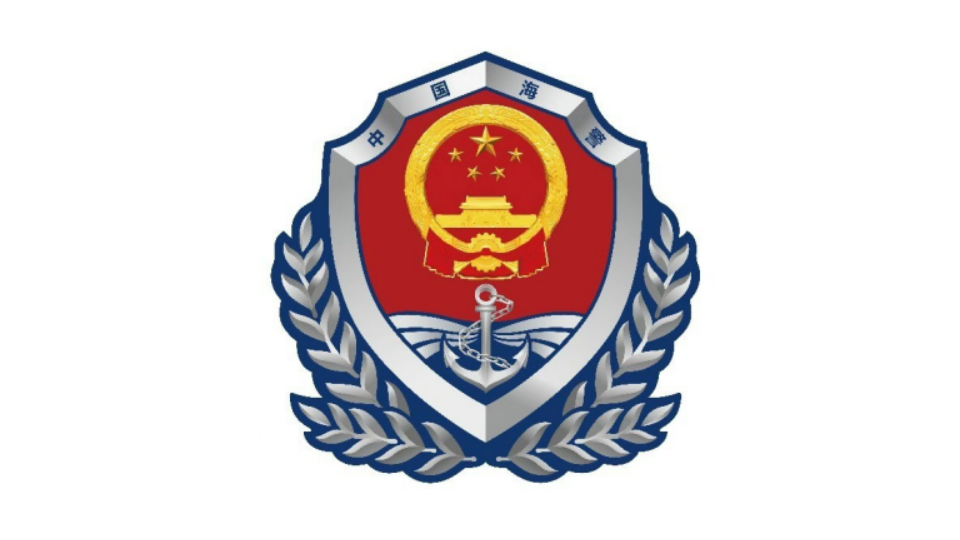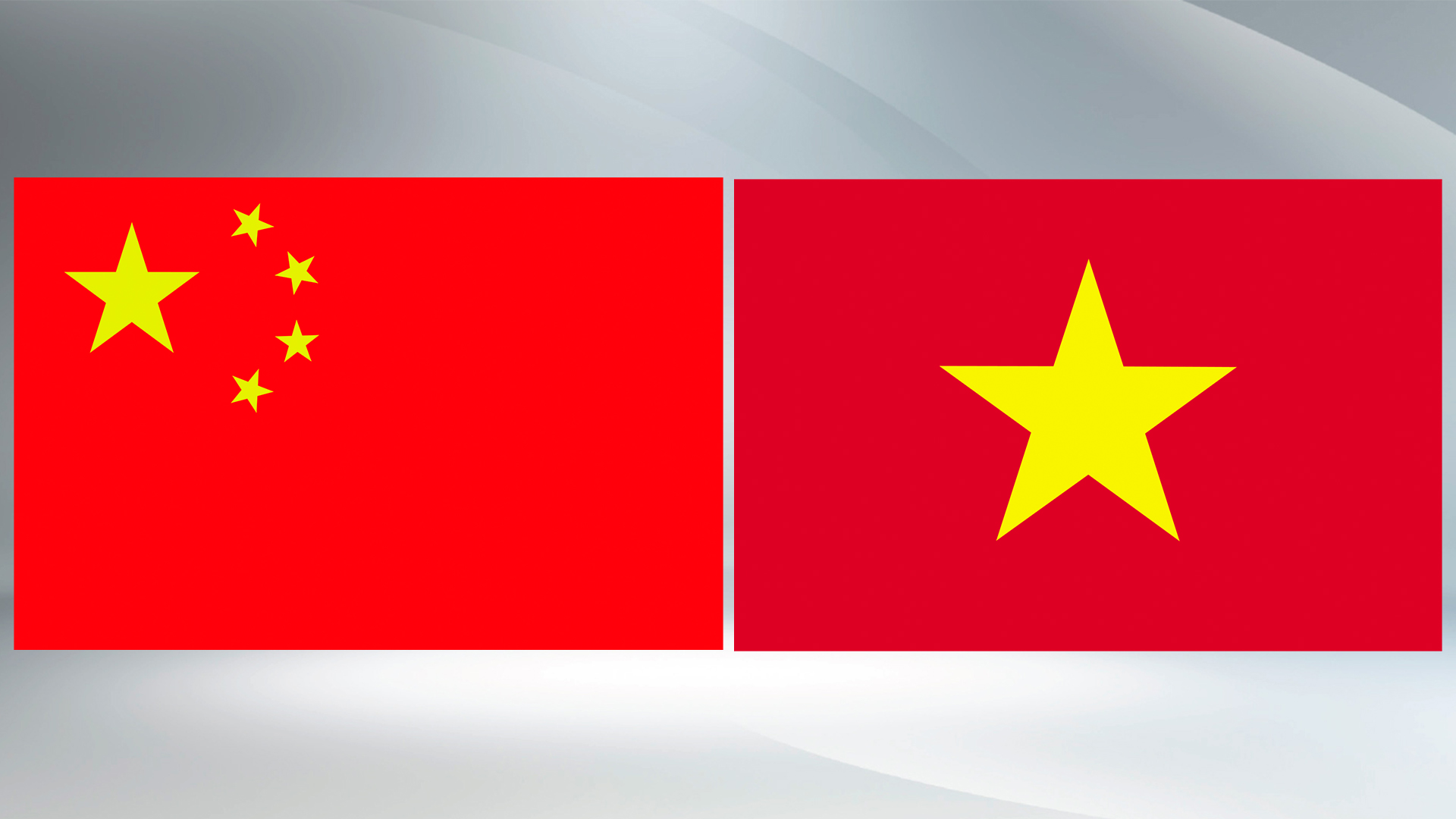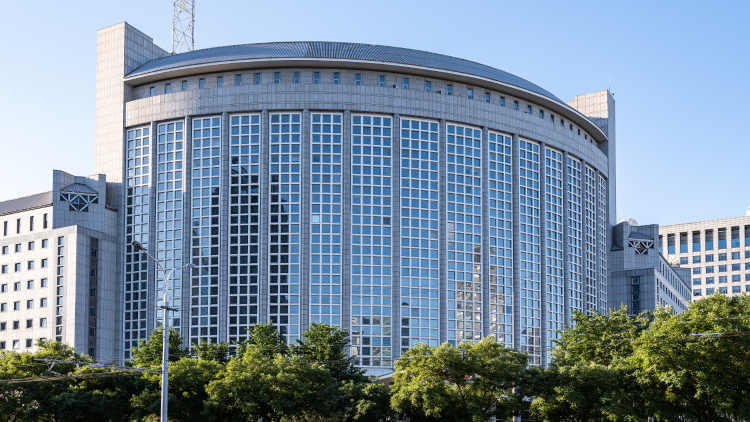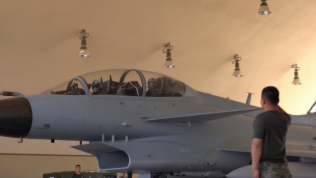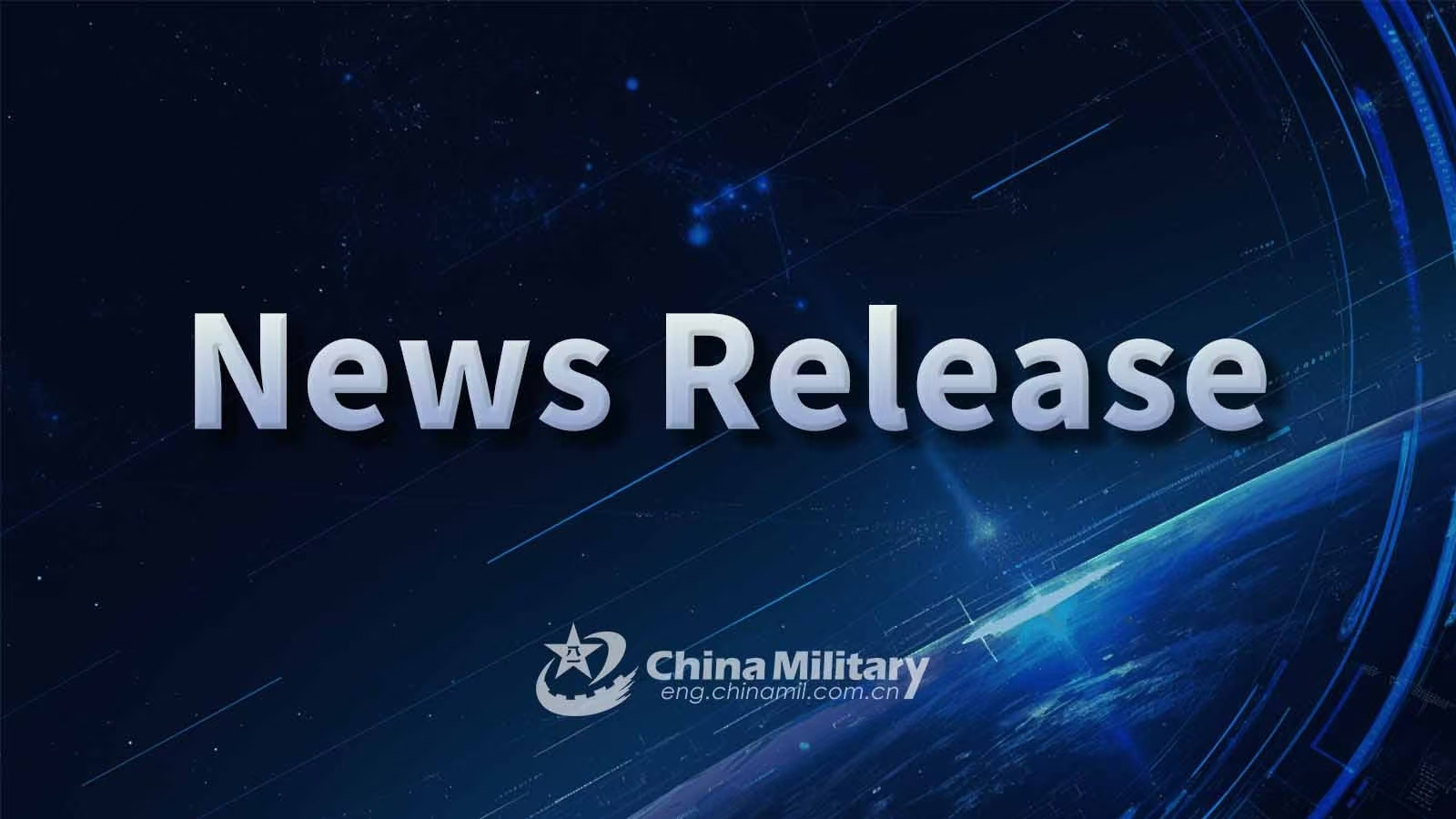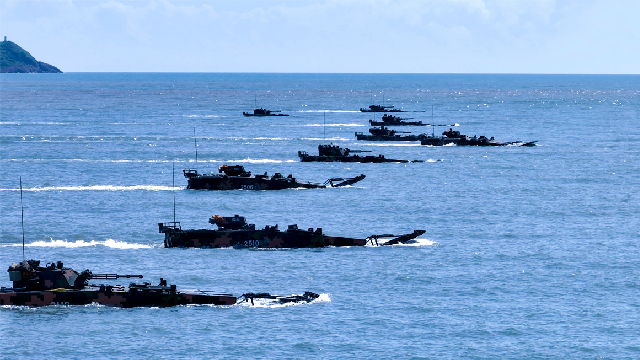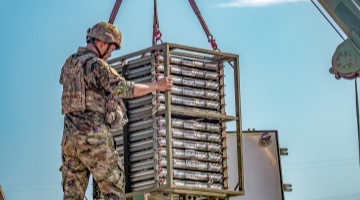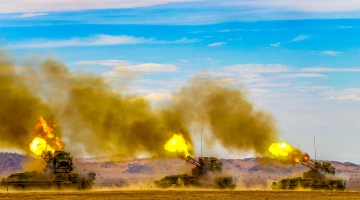
Kazakhstan holds a military exercise (file photo).
By Xie Siqiang and Chen Yue
Central Asia is located at the junction of the Eurasia and is the hub connecting Europe and Asia. In 2023, the security situation in Central Asia has undergone a new round of development and changes.
Noteworthy new features
In 2023, the military security situation in Central Asia has some noteworthy new features.
From an external perspective, Central Asia is a hub connecting Europe and Asia. As the international security situation continues to change, Central Asia's geostrategic position has become increasingly important, and the region has become a new focus in the game between major powers. This year, the US, the EU, India, Türkiye, Japan, and other countries and organizations have stepped up their diplomatic offensive to countries in Central Asia.
From an internal perspective, the five Central Asian countries were all former republics of the Soviet Union with similar national conditions and most of them are going through a period of economic and social transformation. When faced with the intervention of major foreign countries, they implement a diversified and balanced foreign policy and enhance their overall strength through cooperation to get as much security support as possible.
Stable and improving security situation
In 2023, the security situation in Central Asia shows stability and improvement compared with last year.
For one thing, relations between regional countries are generally improving. In the past few years, conflicts between some Central Asian countries have occurred over issues such as border demarcation and water resources competition, resulting in casualties and property losses. In order to prevent such a situation from happening again, Central Asian countries initiated a "stability first" conflict management model. This year, Kyrgyzstan and Tajikistan demarcated 90 percent of their borders and effectively prevented the recurrence of border conflicts.
However, there are still disputes over border demarcation between Kyrgyzstan and Uzbekistan and between Tajikistan and Uzbekistan. Disputes between countries over the use and development of water resources have not been effectively resolved. The possibility of future conflicts in Central Asia due to issues such as border demarcation and allocation of water resources still exists.
For another, countries in the region have maintained reasonable and moderate military build-up. Affected by the conflict between Russia and Ukraine, Central Asian countries have rejudged the international security situation and focused on improving their military defense capabilities and strengthening regional security cooperation.
Kazakhstan and Kyrgyzstan have successively issued new versions of military doctrines, stating that responding to new security threats will be a strategic goal of military security.
In terms of military strength building, the Central Asian countries' military strength has remained consistent with their own national strength and military security needs, and they have maintained reasonable military expenditures and appropriate military scale. Some countries in Central Asia have a weak foundation in military industry and therefore increasing imports and expanding domestic production capabilities are their main means of developing equipment. Their focus is on unmanned aerial vehicles, military transport aircraft, and high-precision anti-personnel weapons.
Under the complex and ever-changing international situation, weapons and equipment procurement in Central Asian countries has developed towards diversification. A couple of those countries import drones, radars, and other weapons and equipment from Türkiye, Iran, Belarus, and other countries, and at the same time, they continue to improve their own research and production capabilities.
Balanced and diversified foreign policy
Countries outside the region have begun to work with Central Asian countries as the geopolitical importance of those countries continues to rise.
Russia has long maintained close ties with Central Asian countries in politics, economy, security, culture, and other aspects.
The US has not formed a coherent and complete Central Asia policy for a long time. After the 9/11 terrorist attacks, Central Asia has become an important part of the US' global counter-terrorism strategy. In 2020, the US released a new version of the US Strategy for Central Asia, and the status of Central Asia in the US global strategy has been significantly improved. This year, the US has frequently conducted high-level exchanges with Central Asian countries and promised to provide economic assistance to them.
The EU, Türkiye, Iran, India, Japan, and other countries and organizations have also held many bilateral and multilateral high-level meetings with Central Asian countries and carried out military trade and technical cooperation.
Since the beginning of this year, the balanced diplomatic policy of Central Asian countries has become more obvious, and countries in the region have actively promoted the convening of the C5+1 summit, which is a representative meeting for dialogue and cooperation between the five Central Asian countries and major powers and international organizations. Relevant statistics show that the five Central Asian countries have successively held C5+1 summits with China, the EU, the Gulf Cooperation Council, the US, and Germany this year. In 2024, the five Central Asian countries will also hold a C5+1 summit with the EU and Japan, and more C5+1 summit mechanisms are still being planned and implemented.
By pursuing a diversified and balanced foreign policy, Central Asian countries have deepened their relations with most major powers in international exchanges, and their initiative in shaping regional order has continued to increase.
(The author is from the War Studies College of the Academy of Military Sciences of the Chinese PLA.)

